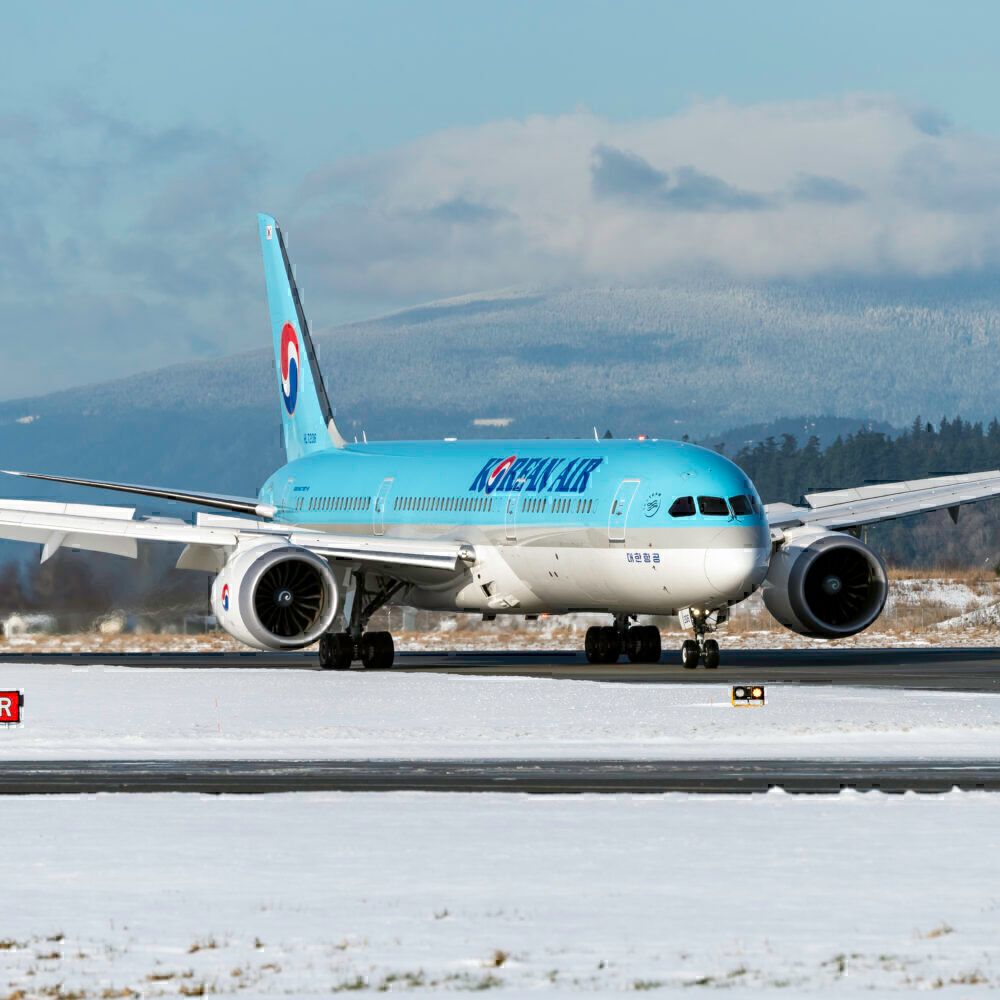Summary
- Korean Air is expanding its operations to meet increased demand for air travel across its network, including the resumption of services on some routes and increasing frequencies on others.
- The expansion will benefit destinations in China, Japan, Southeast Asia, North America, and Oceania, with a new scheduled service to Phu Quoc, Vietnam.
- Korean Air’s seat capacity is expected to reach over 90% of pre-pandemic levels this winter as the airline continues its recovery and restores its global network.
Korean Air is expanding operations over the forthcoming northern winter season in response to a resurgence in travel demand. Frequencies will increase to several cities across the Asia-Pacific region, in addition to Las Vegas in North America.
Boosting services to meet demand
Seoul-based Korean Air will expand its operations for the forthcoming northern winter season to meet increased demand for air travel across its network. The expansion will include a resumption of services on some routes, while others will benefit from increased weekly frequencies.
Photo: Suparat Chairatprasert | Shutterstock
Destinations that are set to benefit from the airline’s boost to services are located across China, Japan, Southeast Asia, North America, and Oceania. The airline will also launch a new scheduled service to Phu Quoc, Vietnam, later in November.
Korean Air’s total seat capacity (measured by Available Seat Kilometers or ASKs) reached approximately 85% of pre-pandemic levels in September. With the addition of the new services, the carrier expects this figure to rise to over 90% this winter as the airline claws its way back following several challenging years.
Resumption of services to cities across China and Japan
Following a three-year, seven-month hiatus, Korean Air will resume services to three cities across China and Japan. Network recovery in China and Japan has been relatively slower compared to other regions on the Korean Air network, and the resumption of these services will assist the carrier in restoring its expansive global network.
In terms of routes to China, both Busan (PUS) to Shanghai (PVG) and Seoul Incheon (ICN) to Xiamen (XIY) will operate daily, while Seoul Incheon to Kunming (KMG) will increase to four times a week.
Photo: Korean Air
The frequency increase comes as the company proactively increases its capacity to China to meet the growing number of Chinese visitors, especially following that country’s resumption of group tours from August of this year to 78 countries worldwide, including Korea, Japan, and the United States.
From late October, the airline will also resume routes from Seoul Incheon to Kagoshima (KOJ), Niigata (KIJ), and Okayama (OKJ), with three flights per week on each route. The resumption of these services will offer greater schedule diversity and travel options for those wishing to travel to these second-tier Japanese destinations for business or leisure.
Increase in frequencies network-wide
The carrier will expand its China network capacity by increasing its frequencies on the Seoul Incheon to Beijing (PEK) trunk route to 18 times a week, up from the daily services offered currently.
Additionally, other routes that benefit from a capacity boost include Jeju (CJU) to Beijing from three times per week to four, plus Seoul Incheon to Shenzhen (SYX) and Seoul Incheon to Xian, increasing to a daily service, up from four times a week.
Photo: Park / Shutterstock
Meanwhile, Seoul Incheon to Wuhan (WUH) increases to four times a week from three, and Seoul Incheon to Hong Kong (HKG) gets a significant boost with flights increasing from twice daily to four times daily in each direction.
Japanese destinations are not left out of the network expansion plans, either. The airline will be increasing frequencies on the Seoul Incheon to Osaka (KIX) and Seoul Incheon to Fukuoka (FUK) routes from three times daily to four, while Seoul Incheon to Tokyo Narita (NRT) increases from twice daily to four services per day in each direction.
Photo :Markus Mainka / Shutterstock
Staying with Japan, the airline will expand services on the Seoul Incheon to Nagoya (NGO) route to operate 17 times a week (up from twice daily) until December 27.
Increasing services elsewhere in the Asia-Pacific region
In the Southeast Asian region, the airline plans to increase flight frequencies on the Incheon to Bangkok (BKK) route to five times daily from three, while the Incheon to Manila (MNL) route increases from twice daily to three times daily.
The Seoul Incheon to Delhi (DEL) and Seoul Incheon to Kathmandu (KTM) routes both increase to four times a week, up from three. The carrier’s daily Incheon to Chiang Mai, Thailand (CNX) route frequency will increase to twice daily until March 2 next year.
Photo: Thiago B Trevisan | Shutterstock
Elsewhere in the Asia-Pacific region, frequencies on the Seoul Incheon to Auckland (AKL) and Seoul Incheon to Brisbane (BNE) routes will increase to daily from five times a week from November 10 to March 18 next year. Lastly, the airline is also boosting its US network, with its Seoul Incheon to Las Vegas (LAS) route increasing from four times per week to five.
Vietnam receives a new route.
In addition to the plethora of frequency increases listed above, Korean Air will launch a new daily service to Phu Quoc (PQC) in Vietnam. Services to Vietnam’s largest island (also known as ‘Pearl Island’) will commence on November 26, 2023.
Photo: Vincenzo Pace I Simple Flying
The daily flight departs from Seoul Incheon at 15:45 and is scheduled to arrive at Phu Quoc at 19:50. The return flight leaves Phu Quoc at 21:20, arriving back in Seoul Incheon the following morning at 04:50.
Phu Quoc, located in the westernmost part of southern Vietnam, is a designated UNESCO biosphere reserve featuring pristine white beaches and evergreen forests. From marine activities and the national park to resorts, the island is a popular destination for leisure travelers year-round.
What are your thoughts on the Korean Air route expansion plans? Let us hear your views in the comments.

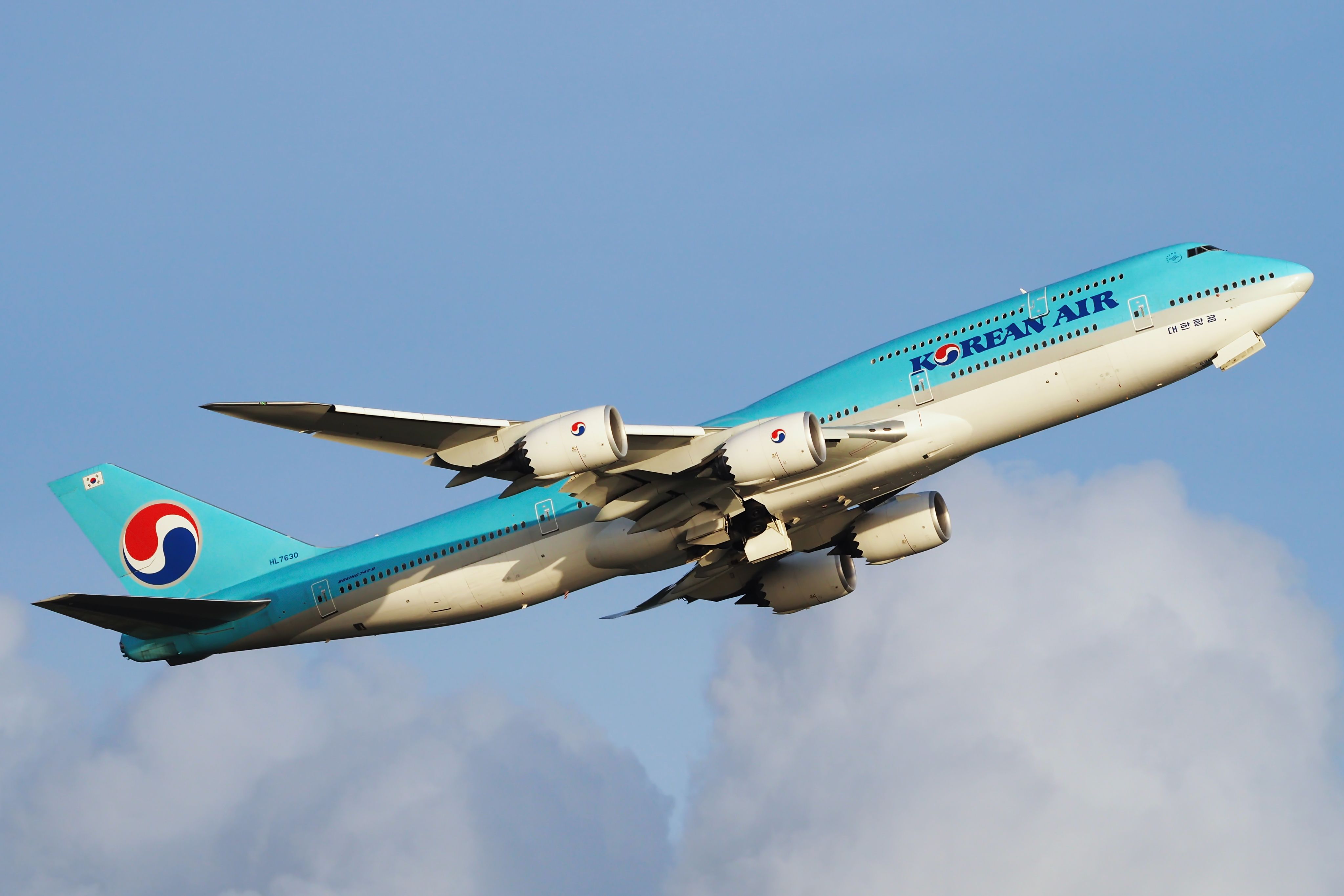
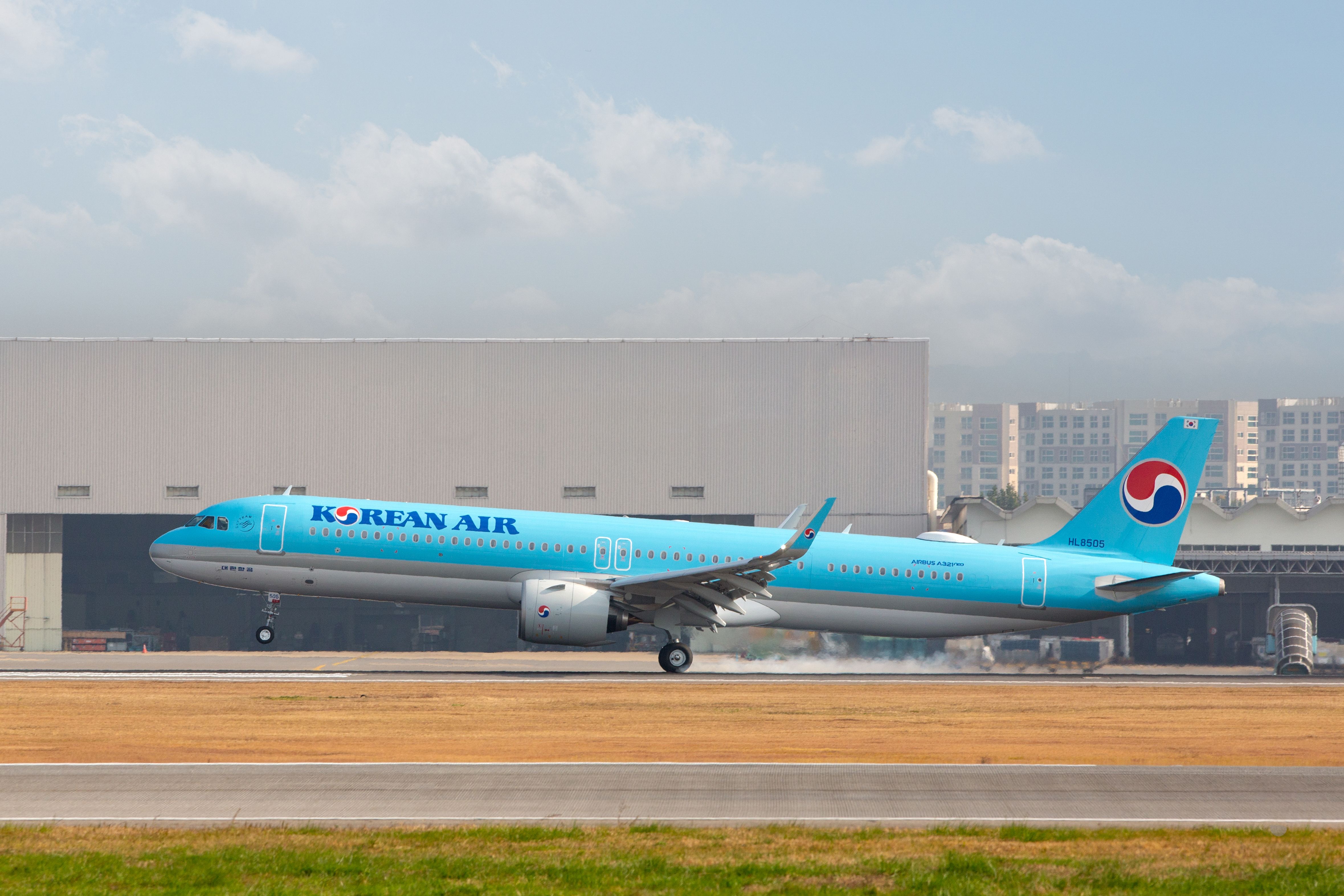
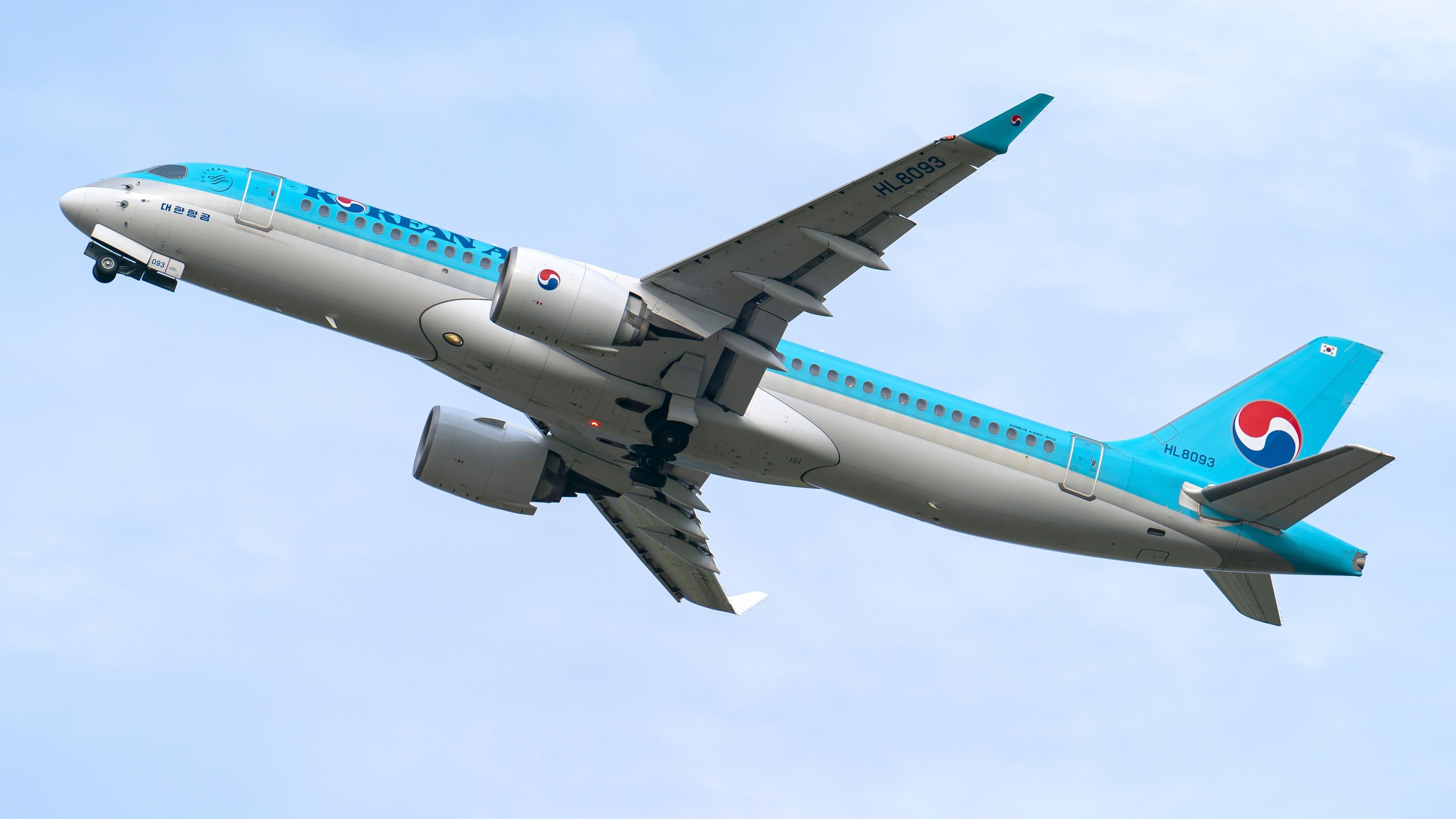
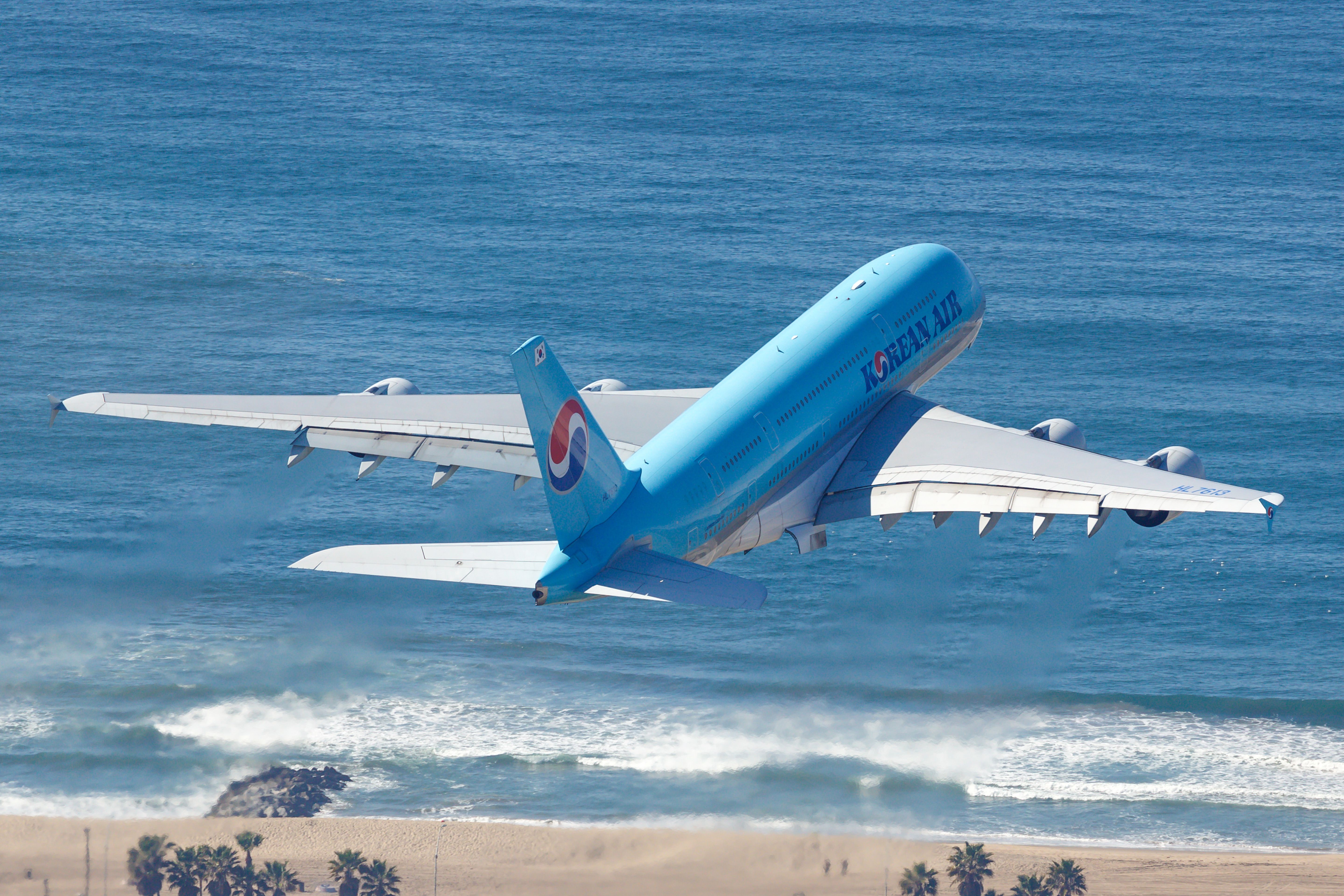
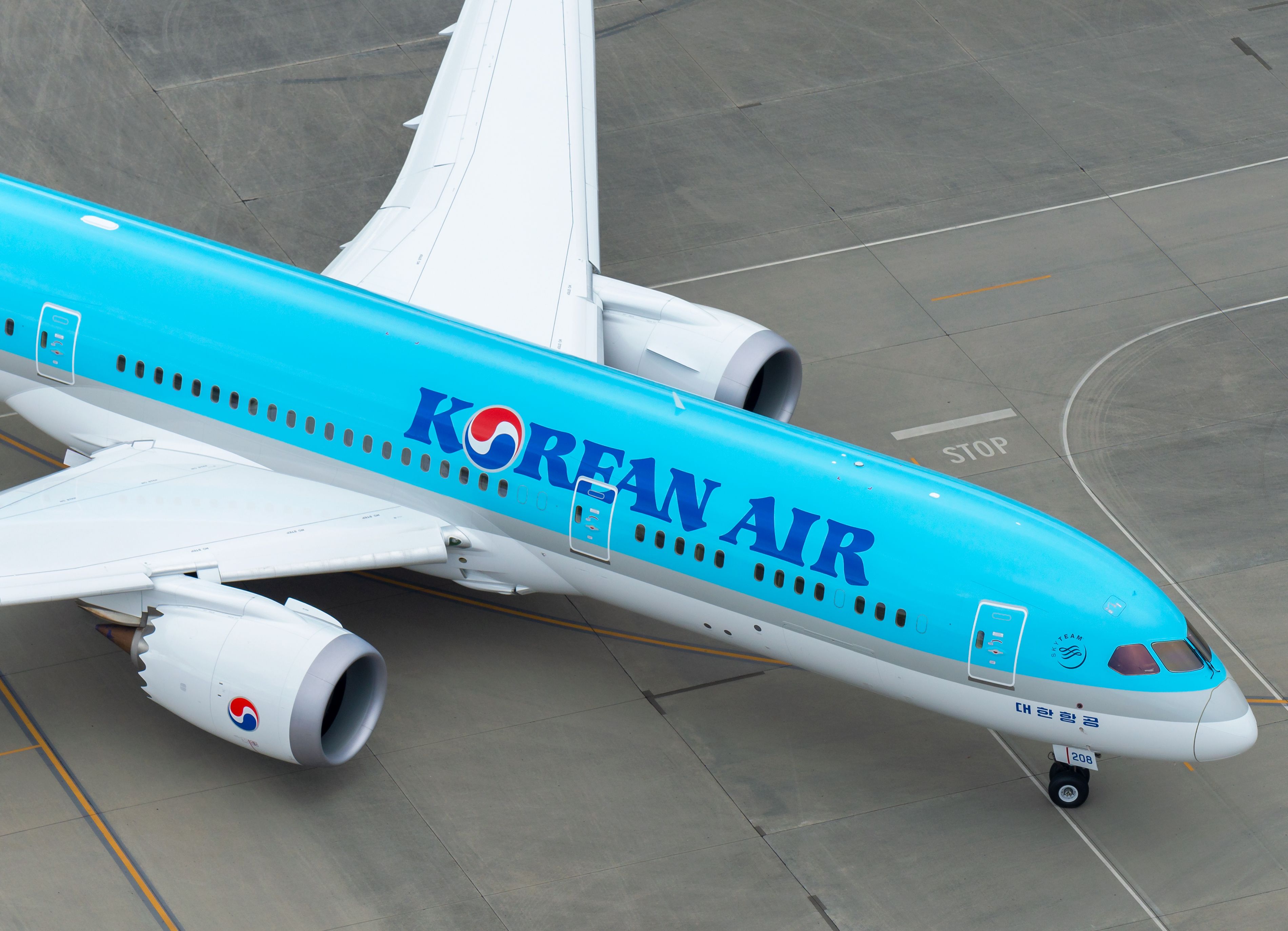
-Boeing-777-3B5(ER)-HL8010.jpeg)
